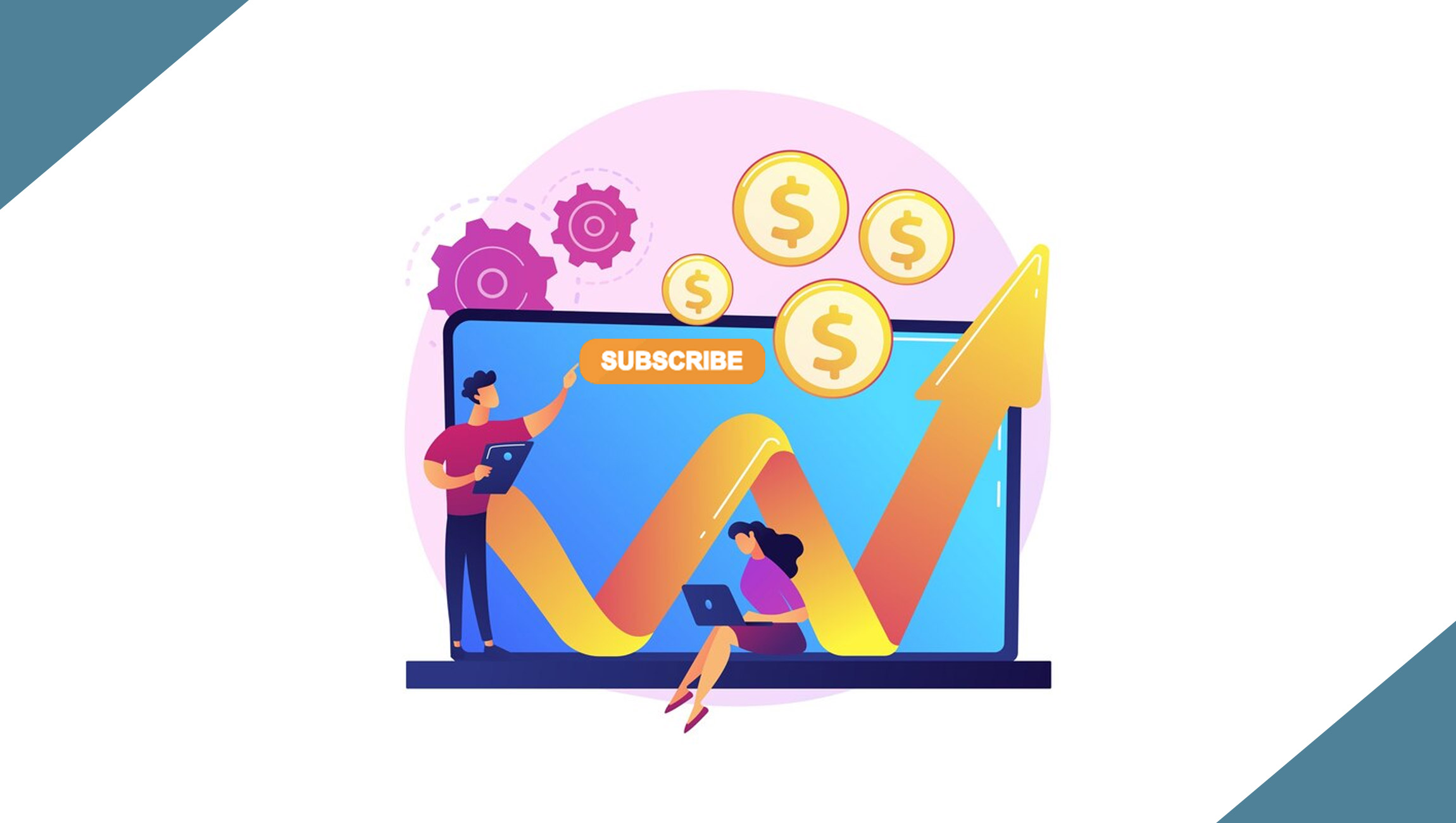Physical Address
304 North Cardinal St.
Dorchester Center, MA 02124
Physical Address
304 North Cardinal St.
Dorchester Center, MA 02124

From ownership to access: business models evolve
In recent years, a massive change has been sweeping across industries: traditional business models are moving away from one-time transactions toward subscription-based approaches. What began in sectors like digital media and software has now expanded into physical goods, professional services, and even transportation. The desire for flexibility, consistent revenue streams, and deeper customer relationships has created fertile ground for this ongoing transformation. Understanding why and how businesses are adapting to subscription economics offers insight into the future of commerce itself.
For decades, traditional commerce relied on the simple exchange of money for a product or service—ownership was the prized outcome. Today, however, consumers increasingly value access over possession. From streaming platforms to fitness apps, customers want the ability to use what they need, when they need it, without the burden of maintenance or the commitment of outright ownership. Subscriptions provide that seamless access, reshaping how people view value.
This shift also reflects broader cultural and generational changes. Many younger consumers prefer experiences and convenience over accumulating physical goods, aligning perfectly with pay-as-you-go access models. To them, flexibility outweighs permanence, and businesses are responding accordingly. Subscriptions offer an appealing pathway to tap into these preferences without requiring businesses to completely reinvent what they sell.
Additionally, technology has been the great enabler in this transformation. Advances in online payment systems, digital platforms, and personalization algorithms allow seamless subscription management at scale, something that was nearly impossible only two decades ago. Traditional industries that once had limited customer interactions beyond the point of sale can now maintain ongoing digital touchpoints and build stronger brand loyalty.
For companies, this pivot to ongoing access isn’t just about modernizing; it’s also about mitigating risk. Cyclical, one-time sales often leave businesses vulnerable during downturns, whereas subscription revenue provides predictable cash flows. By trading ownership models for access-based relationships, businesses reduce reliance on sporadic demand spikes and gain steadier financial footing over time.
With subscription models becoming the norm in multiple sectors, customer expectations have evolved alongside them. Shoppers no longer just evaluate price and quality but also the value of continuous service, updates, and personalized offerings. Customers anticipate ongoing improvements and immediate accessibility, which can be difficult for traditional transaction-based businesses to deliver.
One of the strongest customer expectations to emerge is consistent engagement. Subscribers want to feel valued beyond the initial sign-up, which means brands must invest in nurturing long-term relationships through communication, updates, and rewards. Businesses that fail to provide these touchpoints risk cancellations, as churn has become the new measure of customer dissatisfaction.
Transparency has also become a major factor. Subscription-based customers often scrutinize cancellation policies, renewal terms, and flexibility options more closely than in traditional purchases. This heightened awareness requires companies to be honest, user-friendly, and responsive, creating an environment where trust is a non-negotiable competitive advantage.
Finally, personalization is now seen less as a luxury and more as a baseline element of customer service. Subscription economics naturally fosters data collection and analysis, enabling companies to tailor experiences and recommendations. Traditional businesses that adapt to this mindset not only meet these heightened expectations but also create stronger emotional ties that sustain loyalty.
The embrace of subscription economics is no longer confined to digital-first enterprises—legacy industries are integrating it into their core models to stay relevant. Automakers, for instance, are testing subscription services for car access, while retailers and food providers are building recurring delivery models to meet demand for convenience. These changes highlight that even industries rooted in long-established methods can reshape themselves to serve modern expectations.
One driving force behind this shift is financial stability. Recurring revenue streams provide a degree of predictability that helps companies plan better, invest in innovation, and weather external shocks. Legacy players who once relied solely on seasonal sales cycles are finding subscription approaches more resilient, especially in volatile markets.
It’s also about deepening customer relationships. Traditional businesses often struggled to engage with consumers after an initial purchase. Now, subscriptions create a continuous dialogue that keeps customers within the brand’s ecosystem. This enables richer feedback loops, product development insights, and stronger lifetime customer value.
Most importantly, moving toward recurring value ensures these industries remain competitive against younger, digital-native businesses. Without embracing subscription economics, traditional firms face the risk of appearing outdated or less convenient. By adopting flexible, ongoing models, legacy players show customers that they, too, can provide the simplicity and adaptability people now expect in every corner of their lives.
Subscription economics is more than a passing trend—it is a structural rethinking of how value is exchanged between companies and consumers. Traditional business models are recognizing that ownership-focused approaches no longer align with customer mindsets or long-term sustainability. As preferences move toward access, relationships, and recurring benefits, industries both old and new are adapting to remain relevant. The future of business is not about selling a product once; it’s about creating continuous value, and those who embrace this shift will be the ones leading the next era of commerce.